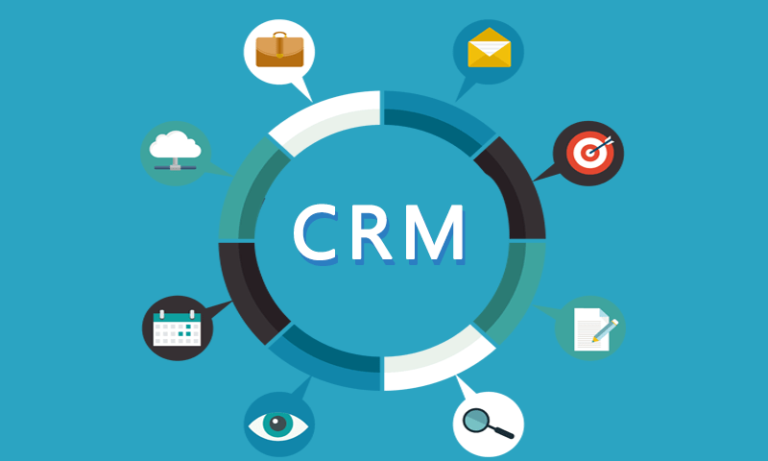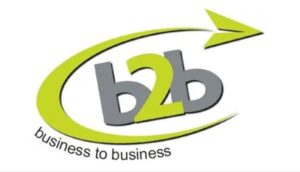What are the benefits of using CRM?
- iclick
- 2023-03-03
Customer Relationship Management (CRM) is a powerful tool that helps businesses achieve these goals by organizing, automating, and synchronizing their customer interactions. CRM software is designed to manage customer interactions across different channels and touchpoints, including email, phone, social media, and in-person interactions. The benefits of using CRM are numerous and can have a significant impact on a company’s bottom line.

A: CRM systems help businesses build and maintain strong relationships with their customers by providing a 360-degree view of customer interactions, preferences, and history. This information can be used to provide personalized services and experiences, which can lead to increased customer loyalty and retention.
B: CRM systems automate repetitive tasks such as lead management, sales forecasting, and customer support. This can free up time for employees to focus on higher-value tasks and improve productivity.
C: A CRM system provides a centralized platform for managing customer data, which can improve collaboration and communication among teams. This can lead to better teamwork and more effective problem-solving.
D: CRM systems can help businesses improve their sales performance by providing insights into customer behavior and preferences. This can enable sales teams to identify new opportunities and tailor their approach to better resonate with customers.
E: CRM systems can help businesses provide better customer service by providing quick access to customer data, which can help resolve issues faster and improve the overall customer experience.
F: By improving customer relationships, efficiency, collaboration, sales performance, and customer service, CRM systems can help businesses increase revenue and profitability.
How to do?
To implement a CRM system, businesses should follow these steps:
A: The first step is to identify the specific business goals that the CRM system should support. This will help in selecting the right CRM system that aligns with the business objectives.
B: Analyze customer needs and preferences to identify what kind of data the CRM system should collect and how it should be used to deliver personalized services.
C: Based on the business goals and customer needs, select the right CRM system that meets the requirements. Consider factors such as cost, ease of use, scalability, and integration with other business systems.
D: Once the CRM system is selected, customize it to meet the specific needs of the business. This may involve configuring workflows, designing data fields, and integrating with other business systems.
E: Train employees on how to use the CRM system effectively. This can include training on data entry, customer segmentation, lead management, sales forecasting, and customer service.
F: Continuously monitor the performance of the CRM system and optimize it based on feedback from employees and customers. Regularly review data quality, user adoption, and system usage to ensure the system is delivering the intended benefits.
at all , CRM systems provide businesses with a comprehensive view of their customers and enable them to deliver personalized services and experiences. This can help businesses build stronger customer relationships, improve efficiency, collaboration, sales performance, customer service, and increase revenue.



